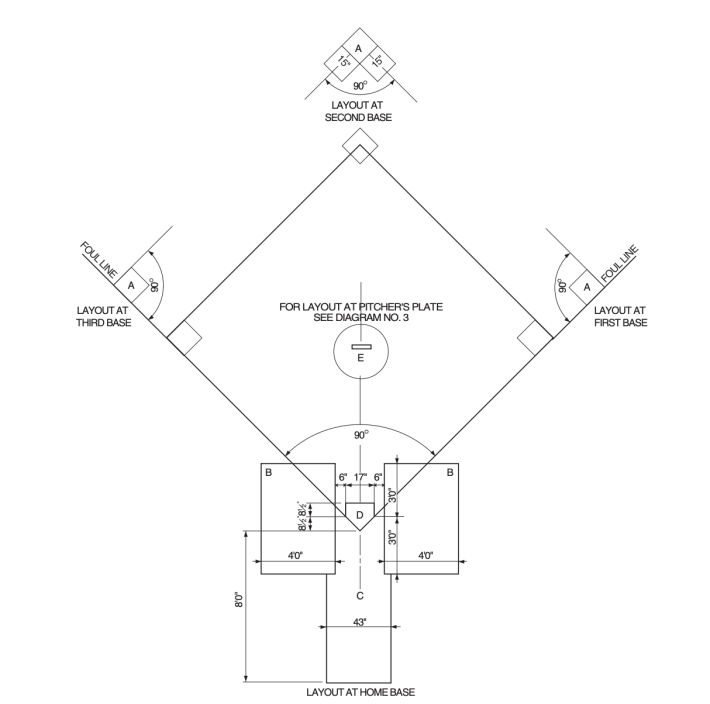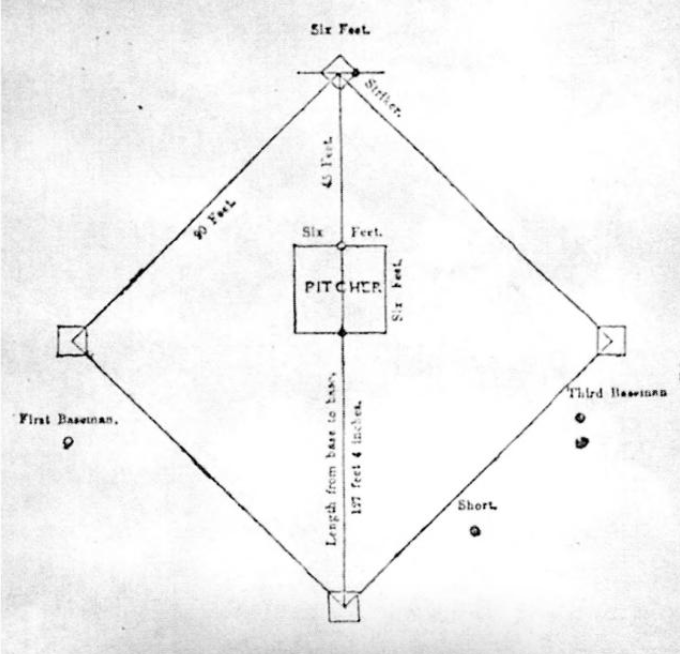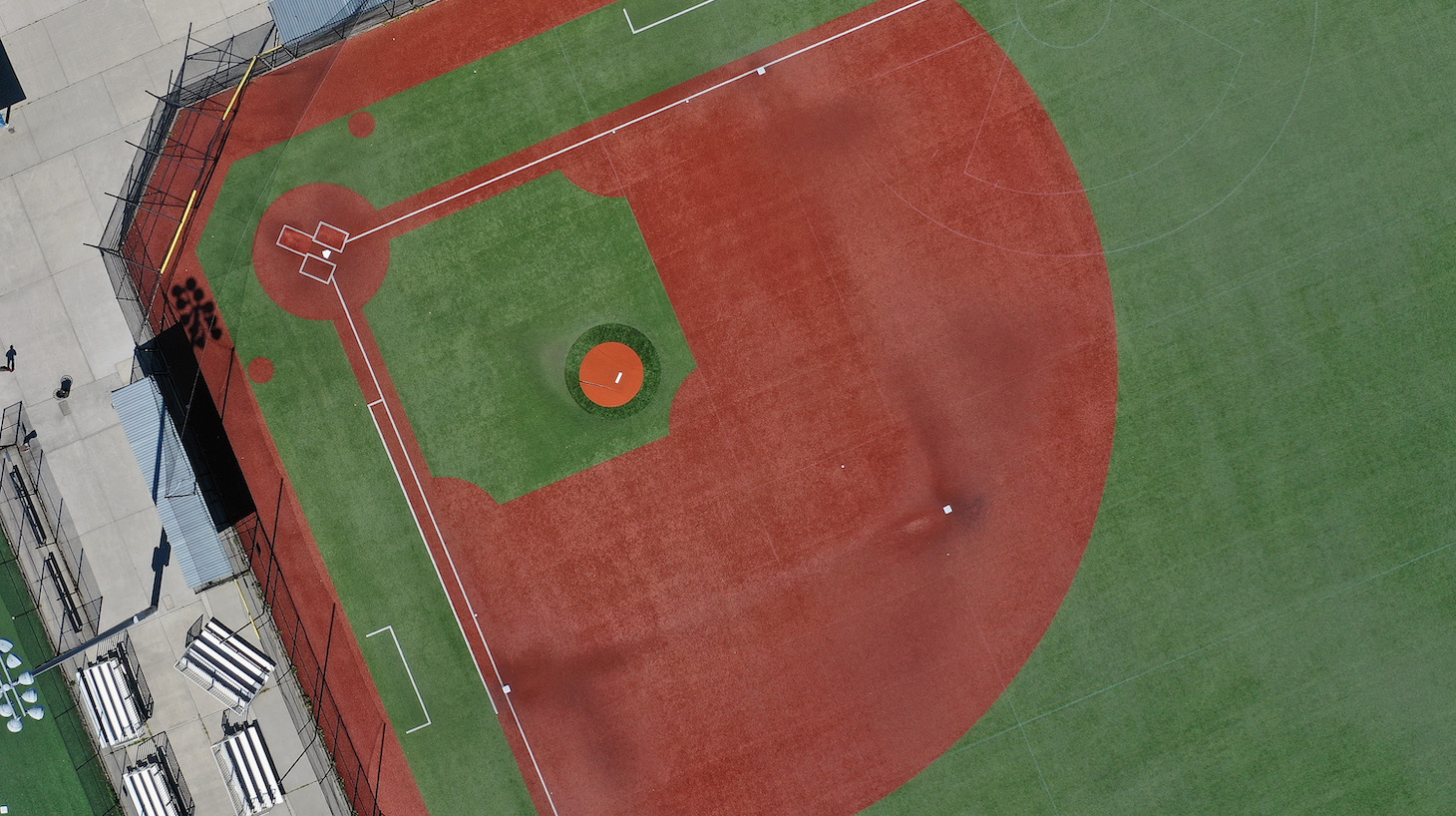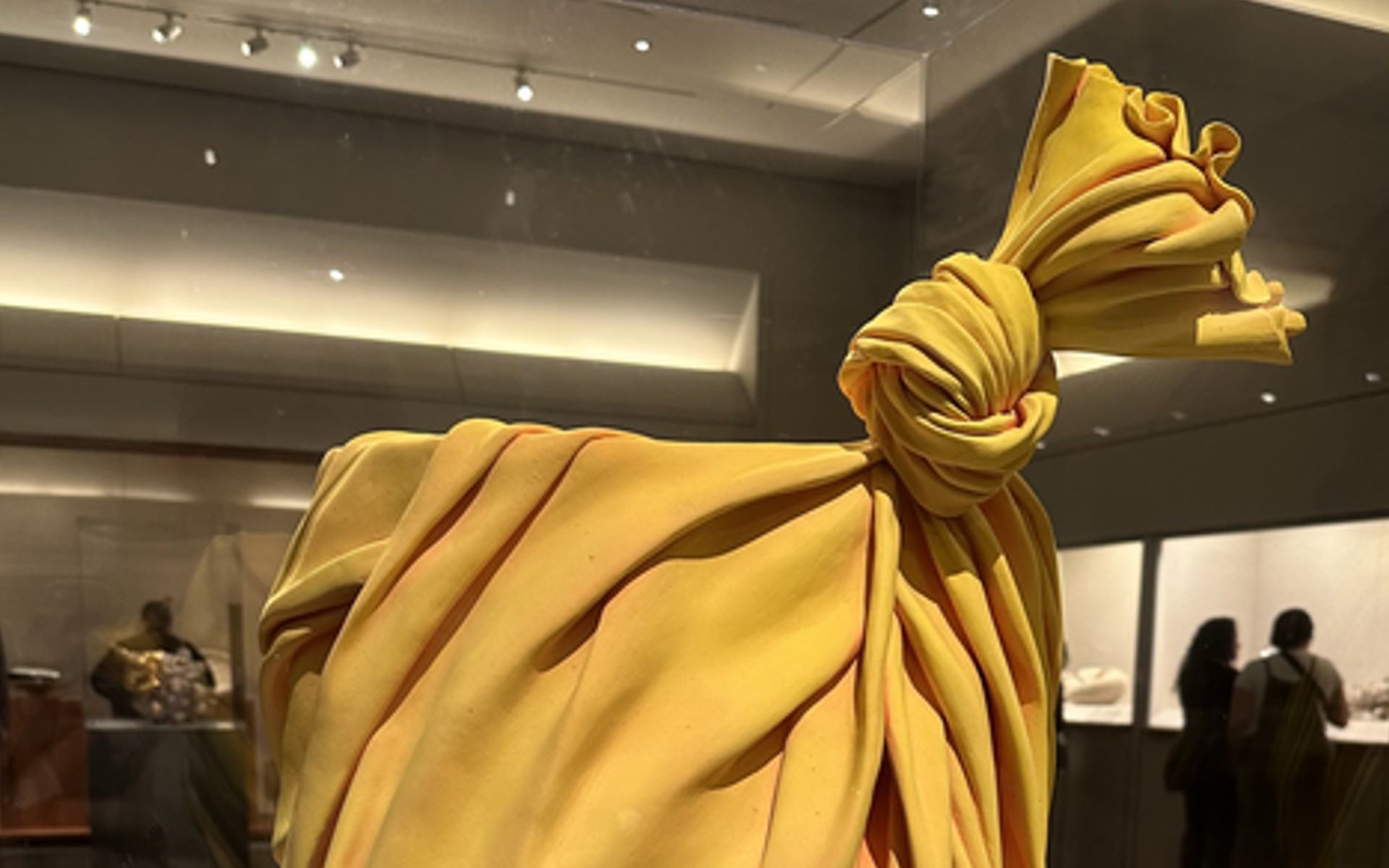I am utterly gobsmacked. I have spent god only knows how many collective hours (months? years?) of my life watching baseball, playing baseball, staring at baseball diamonds—and never once, not until this very morning, did I realize that second base is not where it should be. It's in the wrong place! Doesn't line up with first and third base! It's been like this the whole time! I feel like I've just been told the people who raised me aren't actually my parents. I might need to take the rest of the day off to recover.
Thanks(?) to The Athletic's Jayson Stark for messing my head up. Stark revealed this hidden-in-plain-sight truth in a blog on how minor league baseball will be experimenting with moving second base in toward the mound by a little more than one foot. The motivation is to create a little more action on the bases by decreasing the distance between them, and the biggest change would come from making it slightly easier to steal second. The change would also right a geometric wrong, by putting second base in the same relative position as the other bases: inside the diamond (which is actually just a square, but we have more important things to discuss right now).
Check for yourself. Here's what it looks like in the official rulebook:

See that? The foul lines, and the perpendicular lines of the invisible diamond, run along the outside of the corner bases. But those perpendicular lines do not converge on the outside corner of second base. They run right smack through the middle of it. This is remarkably unsatisfying, but it's also a trip to realize it's been this way as long as anyone has been alive and I have not noticed it until today. From now on I'm not going to be able to stop noticing it, so maybe it's a good thing MLB is considering this fix.
But how did we get here? How did second base get out of line with its base brethren? A dive into the archives reveals that in fact second base never went anywhere; it's the other bases that abandoned it.
Let us start in the 1860s, at which point the rules did not even mention where the bases should be placed, though they did spend a lot of time discussing their size and constitution. (Until 1872, home plate—then still square—was to be made of iron. After 1872 and until 1885 it had to be "white marble or stone.") But even without official clarification, there appears to have been consensus that the infield diamond lines should converge in the center of each base, as shown in this diagram from the 1869 edition of Beadle's Dime Base-Ball Player, a popular compendium of rules for the National Association of Base Ball Players.

The NABBP was the first governing body for the sport, and the immediate forerunner of the better-known National Association, which in 1871 became the first fully professional league. The NA, in turn would be succeeded in 1876 by the first "Major League," the National League. So the rules of today's game trace their origins all the way back to the NABBP, and indeed it is the NABBP's fault that second base is where it is. But then how did the other bases plus home plate get to where they are?
The version above was finally only codified in 1874, by a new rule governing the foul lines that stated, "The foul ball lines shall be unlimited in length, and shall run from the center of the home base through the center of the first and the third base to the foul ball posts..."
Also that year, home plate rotated. From 1874, one corner of the still-four-sided home plate was to point directly toward the pitcher, rather than present him its side. This was done to give the pitcher the widest possible axis—corner to corner—to hit for ball/strike calls. As described by the 1874 edition of DeWitt's Base-Ball Guide (a competitor to Beadle's):
The base to be fixed in the ground with one corner pointing towards the pitcher's position, so as to insure the pitcher's having the full width of the home base to pitch over, instead of the one foot of width he would have were the base to be placed with the square side facing him."
The next year, 1875, saw home plate move slightly away from the pitcher, placing the plate entirely outside the diamond and in foul territory, with its front corner just touching the vertex formed by the foul lines. Then, in 1877, while the orientation of home plate remained the same, it was moved back toward the pitcher, so that the back corner of the plate now touched the vertex, putting the entirety of the plate inside the diamond and in fair territory. In that spot it has remained ever since, with only the addition of a 1900 rule making it five-sided to help make the strike zone more visible to pitchers and umpires.
First and third base would join home plate in fair territory in 1887, but little attention was paid to that rule change at the time, or since. To understand just why their movement flew under the radar, we need to take a brief (I swear) digression into The Year Of Strike Four.
In 1887, the rule-makers went fully bananas. To understand the flood of rule changes that year, it's important to note that the game still looked nearly as much like its forerunners of cricket and rounders—pitchers had been allowed to use running starts in living memory—than it did the modern game. And the sport's overseers wanted more offense. So that season, among other new rules, saw:
- Five balls to equal a walk (down from the previous six)
- Four strikes to equal an out (up from three)
- The "pitcher's box" (a forerunner of the rubber) was reduced in size and moved 55 and a half feet away from the plate (up from the previous 50 feet), and pitchers now had to keep their back foot on the back line, and could only take one step forward in their delivery.
- In a concession to pitchers, batters were no longer allowed to call in advance for a "high" or "low" ball, each with their own separate strike zones.
The deluge of changes was confusing to fans. Wrote the April 4, 1887 Indianapolis Journal: "Despite all that has been said and written about the new base-ball rules, the public, judging by the questions propounded at this office, are very poorly posted on the matter."
The moves weren't very popular, either—especially the change to what was already considered a fundamental part of the sport. Spectators "cannot understand when the umpire yells 'four strikes—out!'" wrote the April 11, 1887 New-York Tribune. "Three strikes have ruled the batter so long that they seem to have become a feature of baseball."
The four-strike rule goosed offense a little too much. "The resulting proliferation of .400 batting averages was broadly ridiculed," writes official MLB historian John Thorn, and the rule was reverted to "three strikes and yer out" for the following season.
So is it any wonder that a tiny change in the positions of first and third base went largely unnoticed at the time? Contemporary newspaper accounts barely mention it all, but in 1887 the corner bases were shifted from their positions straddling the foul lines to sit fully inside the diamond, where they remain today. Per baseball researcher Tom Shieber, this was done to make umpires' jobs easier. Previously, if a batted ball struck a base, an umpire would have to decide wither it hit the bag's inner half (fair) or the outer half (foul). Now it was simple: Hit the base, it's a fair ball.
So by 1887, the modern diamond had more or less taken shape, with three of four bases sitting fully within it. The lone holdout was second base, for the delightfully basic reason that there had never been a reason to move it. It didn't matter to fair/foul calls, nor to ball/strike calls. And right up until the present day there it sits, a coelacanth of a base, a living fossil from an earlier age of the sport. It's there for no reason other than that's how it used to be, and it's still there for no reason other than no one ever got around to changing it. Until now, perhaps.
But not all conventional wisdom can be settled so easily. Even if second base gets nudged inward to join its pals, it still won't actually be 90 feet between bases. That's a discussion for another day, though, as I'm too shaken by the earlier revelation to handle anything else right now.
If you liked this blog, please share it! Your referrals help Defector reach new readers, and those new readers always get a few free blogs before encountering our paywall.
Deputy Editor
Read More:
Stay in touch
Sign up for our free newsletter





